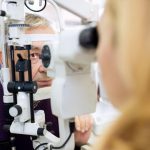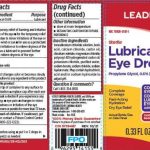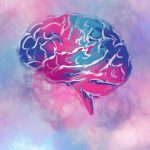
THURSDAY, Nov. 9, 2023 (HealthDay) — There’s good news for people with diabetes who are turning to drugs like Ozempic and Wegovy to treat their disease and lose weight: The drugs probably will not harm their vision. Semaglutide (the generic name for both medicines) can trigger rapid drops in blood sugar. Prior research had linked these types of blood sugar changes with a worsening of a common diabetes complication called diabetic retinopathy, which can threaten vision. So, could people taking Ozempic and Wegovy experience any new-onset diabetic retinopathy, or a worsening of existing retinopathy? To find out, a team led by Dr. Zeeshan Haq, of Retina Consultants of Minnesota, in Minneapolis, tracked outcomes for more than 48,000 adults with type 2 diabetes. The participants ranged in age from 51 to 75, and all had been treated with injectable semaglutide. Haq’s team found that within two years of starting the treatment, only 2.2% of patients went on to develop a new retinopathy or showed a worsening of existing retinopathy. Focusing on a subset of patients who’d already been diagnosed with early-stage retinopathy, the Minneapolis researchers found that just 3.5% showed any worsening of their disease. And among those who’d had an advanced form of diabetic retinopathy at the start of the study, 60% actually saw an improvement in their eye illness, the researchers noted. Although more… read on > read on >





























-300x200.jpg)







-300x169.jpg)
